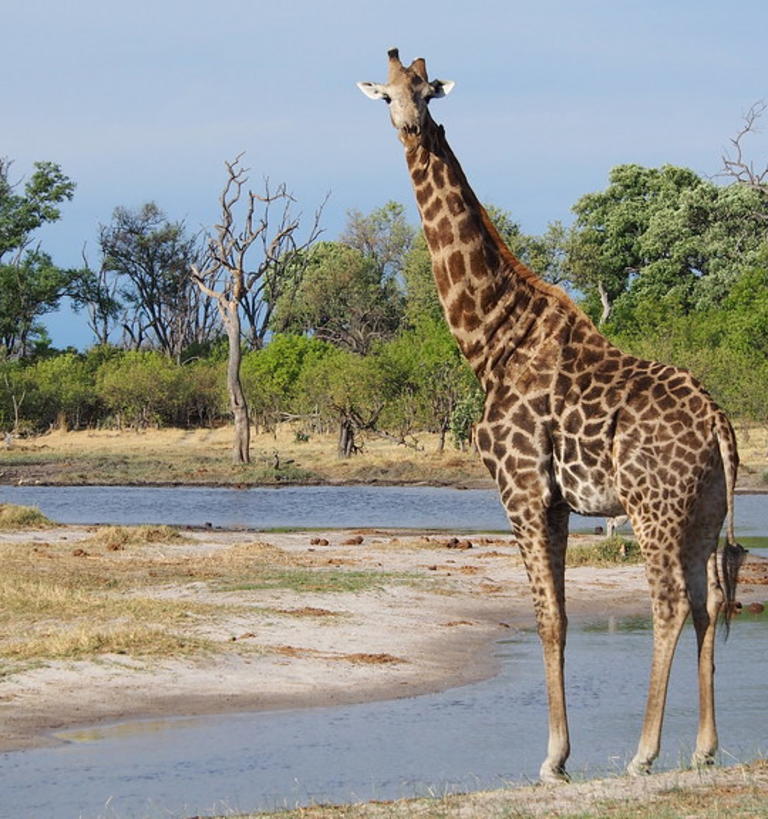Estimating Wildlife Populations with AI Software

Estimating Wildlife Populations with AI Software
Institutions:
University of Arizona
Principal Investigator:
Jesse Alston, jmalston@arizona.edu
Field Lead:
Raymond Owino
Extensive declines in giraffe populations over the past three decades have made their demography and population characteristics of interest to conservationists. Advances in technology and especially the use of artificial intelligence to identify individuals has greatly improved monitoring of wildlife populations. Today, giraffes can be uniquely identified using photos of their distinct skin patterns through an AI-powered web platform, GiraffeSpotter. This has increasingly popularized the use of mark-recapture models to estimate giraffe populations through photos collected by citizen scientists. While citizen science enables rapid data collection, such data can be low quality. Currently, this data mostly collected by tourists on safaris or rangers on patrol, but scientists can also conduct systematic surveys like camera trapping. Because systematic sampling methods by scientists are based on statistically sound sampling designs and form a good basis for estimation, we are working to 1) standardize and improve giraffe population monitoring efforts by training conservancies in Laikipia to use GiraffeSpotter, 2) evaluate the accuracy of common methods used to estimate giraffe populations, using both simulation and empirical data, then develop an analytical workflow to automate the estimation of giraffe populations, and 3) increase the use of best practices through collaboration with major giraffe conservation organizations. These methods can also be used for any species with uniquely marked individuals, like zebras, leopards, or even elephants.
